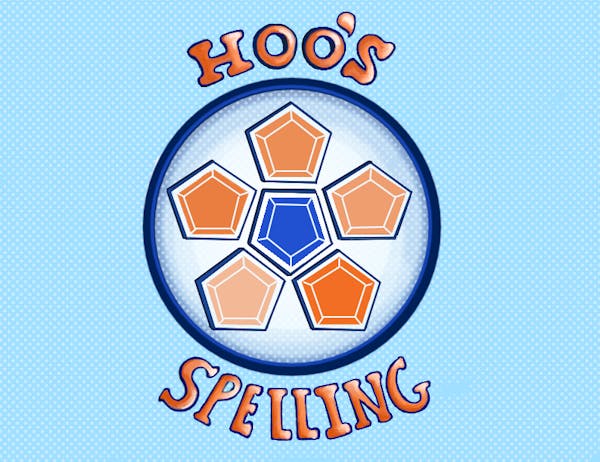ONE OF last week's lead editorials ("A degree of injustice," Jan. 18) got people talking about honor and punishment and editorials. That is good. Part of what an editorial is supposed to do, of course, is start discussions. But it seems some people do not have a clear understanding of what editorials are.
I blame cable television. And the Internet. And the American education system. And the media, in general. It is not completely their fault, but they have all helped make things much worse than they ought to be. On cable and online, the differences among news, analysis and opinion have virtually disappeared. Some people, for example, believe the television shows chaired by Bill O'Reilly and Keith Olbermann are news. Commentary, yes. Analysis, perhaps. News? Very rarely.
Online, as Will Rogers used to say about politics, it is all applesauce. Many so-called news sites are really aggregations of others' work. Many sites some people think of as news sites are primarily collections of opinions.
Schools I blame because, though the founders of the U.S. government thought the press important enough to the operation of that government to include it in the First Amendment, it seems routine for students to graduate without any idea of what the founders were thinking when they did that or how that decision might apply now.
The media I blame because, though it seems essential to the media's survival, as a force for democracy, to explain what the media does and how and why, the media does a thoroughly rotten job of explaining it.
If you do not know what separates news from editorials from comics, there is no reason to feel too bad. Alleged professionals apparently get confused. Recently, New York Times Public Editor Arthur S. Brisbane used his blog to ask readers for advice. The title was "Should The Times Be a Truth Vigilante?" Brisbane posted, "I'm looking for reader input on whether and when New York Times news reporters should challenge 'facts' that are asserted by newsmakers they write about."
Silly me. I thought that challenging bogus assertions was one of the basic elements of a reporter's job description. Molly Ivins, who used to write for The New York Times and many other publications, made that clear with the life she led and the things she wrote.
One of those things was an essay titled "The perils and pitfalls of reporting in the Lone Star State," in which she wrote, "Stop letting sources get away with lies because they hold high positions and titles... There's no excuse for spreading misinformation just because it comes from someone in a high place."
As usual, Ivins was right.
So, reporters should uncover and share the truth as often as they can, even when allegedly important people say something different. At least some people who read "A degree of injustice" thought The Cavalier Daily's managing board violated that principle.
"Once again," one critic wrote, "the managing board has incorporated a heavy bias into their reporting which makes it difficult to believe anything that they report."
The thing is, the managing board does not report. An editorial is not reporting. It is opinion.
Front page stories are, generally speaking, news. They are meant to be constructed of facts carefully collected and accurately reported. Editorials, columns and letters to the editor are opinions.
Columns are the opinions of columnists. Letters to the editor are the opinions of the letter writers. Editorials that appear in The Cavalier Daily are the opinions of the managing board.
Another reader unhappy with "A degree of injustice" wrote, "The managing board's assumptions and claims - presented as fact - are based on personal opinions and are irresponsible, misleading and counterproductive."
The managing board did make assumptions and claims. Reasonable people can disagree about how productive they were. But they certainly were not presented as fact. According to Law School Dean Paul Mahoney, former Law School student Johnathan Perkins was acquitted on charges stemming from his fictional claim that he had been harassed by University police officers. So that part seems true. The conjecture came when the managing board described why Perkins was acquitted.
The editorial said, "it is likely he was acquitted because." That does not present anything as fact. It seems clear that what follows those words is what the managing board believes happened. If it were presented as fact, the words "it is likely" would not be there.
Another complaint declared, "A reputable publication sticks to news - it does not promote speculation."
A reputable publication sticks to news in its news stories, but an editorial is not a news story. When I looked up "speculation," the first definition I found was "the contemplation or consideration of some subject."
That is the first half of what an editorial is supposed to do - consider some subject, then deliver an opinion about it. Anyone can have an opinion about that opinion, but everyone needs to understand the difference between opinion and fact, between opinion and news.
Tim Thornton is the ombudsman for The Cavalier Daily. He can be reached at ombud@cavalierdaily.com.






